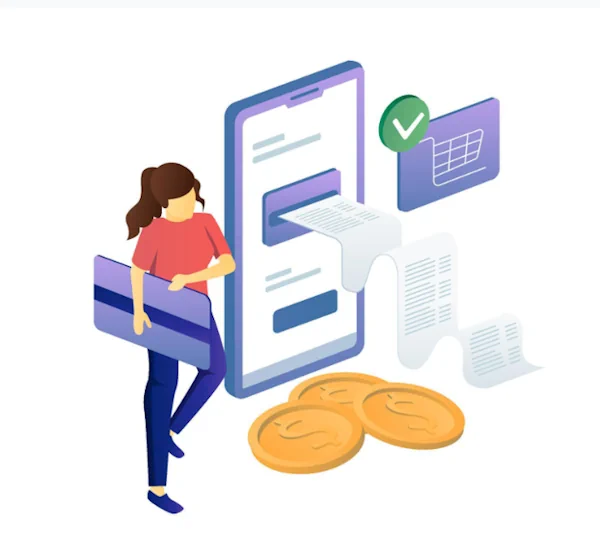Checkout is where prospects become customers—or bounce. The good news: most conversion lifts come from simple UX fixes, not massive redesigns. Below are seven practical tweaks you can make today. Each one is quick to implement in Delpha Cart and easy to A/B test.
1) Offer guest checkout
Forcing account creation is a top abandonment driver. Keep sign-in optional and let buyers complete a purchase as a guest, then offer to create a password on the confirmation page.
- Delpha tip: Enable “Guest Checkout” and show an optional “Save my details” checkbox after payment.
2) Trim your form fields
Every extra field costs conversions. If it’s not essential to charge the card or ship the product, defer it. Split shipping and billing only when needed.
- Use a single Full Name field unless you truly need first/last separately.
- Hide company, apartment, and phone unless required.
- Auto-format postal codes and credit card numbers.
3) Embrace autofill & address lookup
Let the browser do the heavy lifting. Proper autocomplete attributes and postal code lookup shorten time-to-pay and reduce typos.
- Delpha tip: Turn on address autocomplete and ensure inputs use
autocomplete="email",address-line1,postal-code, etc.
4) Add wallet payments
Apple Pay, Google Pay, and Shop Pay convert especially well on mobile. Wallets prefill shipping and billing, removing the slowest part of checkout.
- Delpha tip: Enable wallet buttons and surface them high on the page for mobile visitors.
5) Show total cost early
Sticker shock kills sessions. If you can’t show exact shipping before address entry, show a clear range or “Estimated shipping” based on cart weight and destination.
- Render taxes, shipping, and discounts in a running order summary that updates live.
6) Trust signals where it counts
Place trust where anxiety peaks—near the Pay button. Compact security badges, card brand marks, and short reassurance copy (“30-day returns • secure SSL • no hidden fees”) outperform big, generic banners.
7) Keep users oriented
Use a simple progress header (Shipping ? Payment ? Review) or keep everything on one page with sticky order summary. Clearly label the primary action on each step.
Performance quick wins
- Lazy-load non-critical images and defer third-party scripts until after interaction.
- Inline critical CSS for the first viewport; load the rest asynchronously.
- Use server-side compression (Brotli) and long-lived caching headers for static assets.
How to measure impact
Track step-to-step completion (cart ? shipping ? payment ? confirmation), form error rates, and time on checkout. A 10–20% lift in step-through is common after removing friction.
Next steps: Enable guest checkout, add one wallet, and remove any non-essential field. That’s a 30-minute sprint that can pay for itself quickly.

